First impressions are powerful. Despite the medium’s interactivity and mechanical density – which often require time to properly dig into – any public showcase ahead of a release has the chance of rankling opinions before players get the chance to try a game. And Forspoken has faced a constant uphill battle since its announcement.
With uninspired trailers featuring hokey dialogue and a divisive demo that split potential fans, there was already a capital “S” sentiment rippling through social media and elsewhere about the game. Over two years after its initial reveal as Project Athia, Luminous Productions’ Forspoken turns out to be just fine – an action RPG with strong fundamentals soured by just about everything else.
Forspoken stars Alfre Holland, otherwise known as Frey. As a 20-year-old New York City native shuffled from home to home since birth, she’s struggled to build meaningful relationships. Because of the emotional trauma she’s suffered, she distances herself the moment she can legally live alone – a decision that thrusts her into a life of crime to stay alive.
This is the real-world setting into which Forspoken places you before a series of events transports Frey to the fantastical land of Athia, replete with sprawling fields, dragons, and magic. However, you’ll soon find out Athia is dying because of the Break, a looming threat that has consumed the rest of the world, leaving the city of Cipal as the final bastion of civilization in all of Athia.
As an isekai, Forspoken crafts an interesting mirror between the grimy, crime-ridden streets of New York City and the naturalistic scenery lost to the Break. In a world where everyone fears for their safety, and Frey is the sole savior, there are clear thematic connections that push this beyond the typical scenario of “another world”. You can see that Luminous Productions is attempting to tug at something deeper.
With such aspirations, it’s unfortunate that the narrative fails to turn this conceit into anything meaningful. Without spoiling too much, pacing is haphazard. The first half steadily builds up to one of four major battles in the game, only for the entire second half to feel hastily spliced together.
The dichotomy between this build-up and the speed at which Forspoken clips along, almost immediately plopping you into the next boss with next to nothing in between, is jarring. The final act bombards you with tons of lore and plot reveals, one after the other, rushing the game to an unnatural, uncomfortable conclusion.
The pacing sucks the air out of each encounter and plot reveal. More importantly, it leaves little room for character development. While Frey meets many people throughout her journey, the story’s second half leaves little room for supporting characters to shine.
The sole saving grace is that the high-budget cinematic sequences feature strong performances. And though some are overly theatrical, they remain engaging because of those performances.
Forspoken’s optional quests come in two flavors: Detours and Events. Events are short dialogue scenes that grant experience points just for listening to someone talk. While these can offer extra insight into the cast, they’re also too short to be meaningful. Don’t expect most events to last longer than 30 to 45 seconds.
Detours are closer to what you’d expect from side quests. These range from following cats to specific locations (there are tons of these “follow the cat” quests) to gathering a specific item or taking pictures. One Detour even involves dancing, represented by a five-button quick-time event sequence.
Unfortunately, Forspoken features mostly paint-by-numbers side content. This lack of inspiration even extends to exploration. After setting off into the game’s various regions, you’ll find the map littered with tons of icons, offering the illusion of content density. Upon closer inspection, Forspoken is much slimmer than it initially appears. Map icons include the likes of monuments, fortresses, refuges, locked labyrinths, belfry towers, and treasure chests.
Chests are sometimes guarded by powerful mutants, which receive their own map icon. Refuges are safe havens that allow you to craft and upgrade gear and magic. Belfry towers are the equivalent to Ubisoft towers, in that performing a scan at a Belfry illuminates all nearby points of interest.
Monuments aren’t much more exciting, simply structures that grant permanent stat bonuses after interacting with them. While some are genuinely difficult to reach, most are about as straightforward as they can be.
For all of its cookie-cutter content, Forspoken will still likely sink its hooks into you by way of its core mechanics. After acquiring movement abilities like Zip and Shimmy, traversal comes into its own. Movement is finicky in tight spaces that require more fine-tuned control. Luckily, these instances are infrequent enough to provide little resistance.
Traversal across wide-open expanses – which make up the majority of the map – is genuinely satisfying. Perfectly timed shimmies to regain stamina, running up walls, and lining up a Zip to reach an otherwise inaccessible area feels freeing. Deciphering optimal routing is a core part of the Forspoken experience. Its mechanics even allow for some janky ascents up cliffsides and structures that would feel like borderline exploits in any other game.
Of course, traversal is merely the vehicle that funnels you from one combat encounter to the next. After all, the vast majority of points of interest exist to enhance your character progression in some way, be it through new gear, crafting materials, or permanent stat upgrades.
That’s what makes Forspoken’s structure a double-edged sword. Sure, all fortresses boil down to defeating a wave of enemies inside an enclosed space. It’s not especially exciting game design repeated multiple times over. Neither are any of the locked labyrinths, which are linear dungeons that funnel you through multiple enclosed combat arenas with a new cloak at the end for your efforts.
And yet, there’s a compulsiveness at play thanks to solid combat backed by an addictive magic upgrade system. While only beginning with a basic set of defensive and offensive spells pertaining to one element, Frey will have access to four flavors of magic by the end of the game. Each magic type includes its own skill tree with several unlockable offensive and defensive abilities.
One magic set might include abilities such as a homing dart, which can deal cumulative damage proportionate to how many times the spell was cast before charging it. A defensive spell for this set might include a hazy mist that confuses enemies and turns them against each other. Another spell set includes fire-infused fists that feel as empowering as playing the monk class in a Final Fantasy game, with defensive spells including the likes of a homing attack or summoning soldiers.
Each spell set feels drastically different, altering your approach to each enemy type. With many mobs are weak to certain kinds of magic, others may not have any weaknesses or resistances, forcing you to switch spell sets consistently.
It helps that each spell, regardless of whether it’s ranged or close quarters, offers a satisfying level of feedback. Enemies react appropriately when vulnerabilities are exploited, with extravagant player animations further selling the impact of each attack. The variations in controller vibration and trigger resistance on PS5 depend on the spell, enhancing gameplay in the most subtle yet meaningful ways. Unlike so many other implementations, it feels borderline integral to the game’s feedback loop.
Forspoken also offers an addictive twist on the traditional character ability upgrade system. You can track up to three challenges at once, each tied an ability. Completing these challenges grants an appropriate boost to that ability, along with a permanent stat increase to the magic set it falls under.
For example, after poisoning a specific number of enemies with the Naedre spell, its effect duration is extended. Additionally, Frey’s blue magic increases by one point. Micro-managing these challenges keeps even simpler encounters from devolving into spam fests. It’s an ingenious way of pushing players out of their comfort zone without asking too much of them.
Forspoken Review — The Bottom Line
Pros
- Satisfying combat that constantly keeps you on the move.
- Traversal is fun.
- Somewhat addictive magic upgrade system.
Cons
- Story squanders its potential.
- The second half feels scrapped together.
- All side content is very basic.
Forspoken is an average action RPG. Its themes are hamstrung by a poorly paced narrative that almost feels like a speedrun by the midway point. Coupled with uninspired quest design and checklist points of interest across the open world, it should be a trainwreck.
Despite all of those missteps, Forspoken skirts by on the merits of its traversal, combat, and upgrade systems. It won’t win any awards come the end of the year, but it’s a decent podcast game, the type of title you can play while consuming other content in the background, all without feeling like you’re missing too much.
[Note: Square Enix provided the copy of Forspoken used for this review. Featured image via Square Enix.]

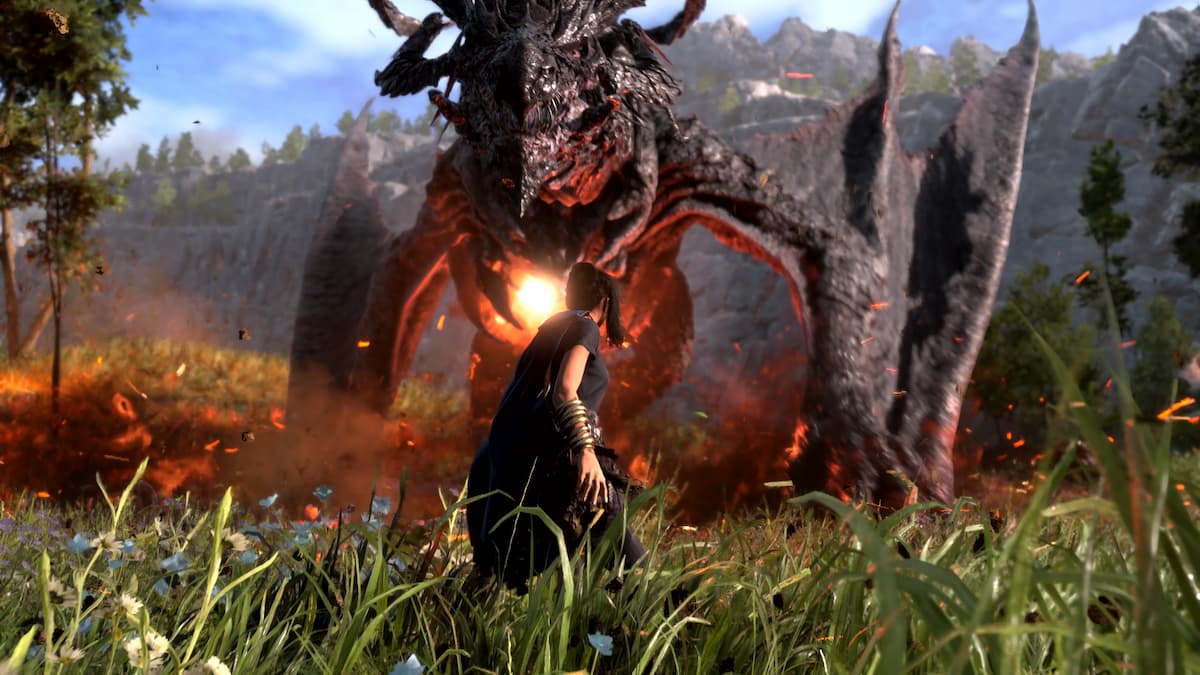
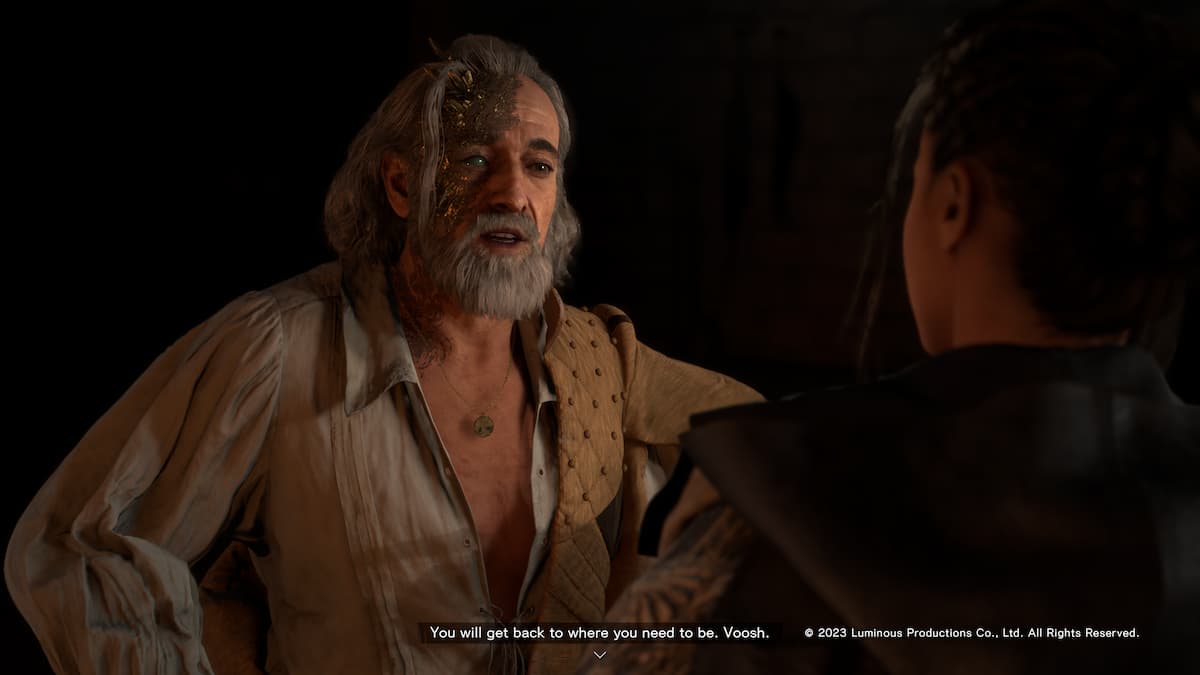
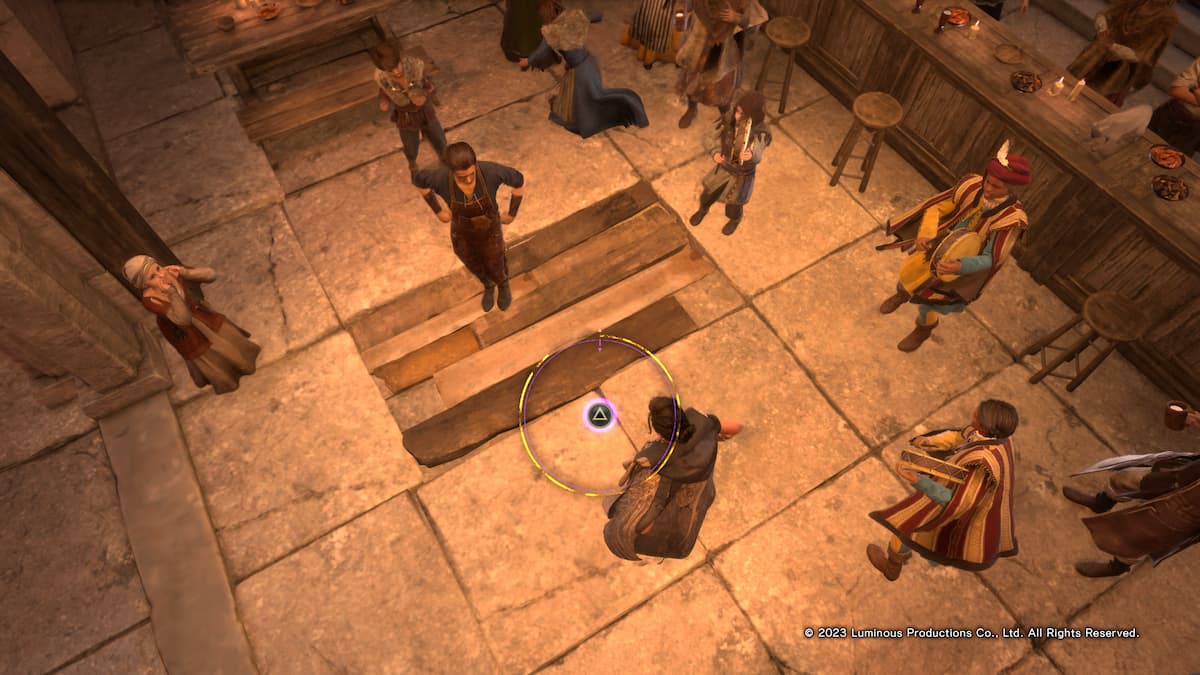

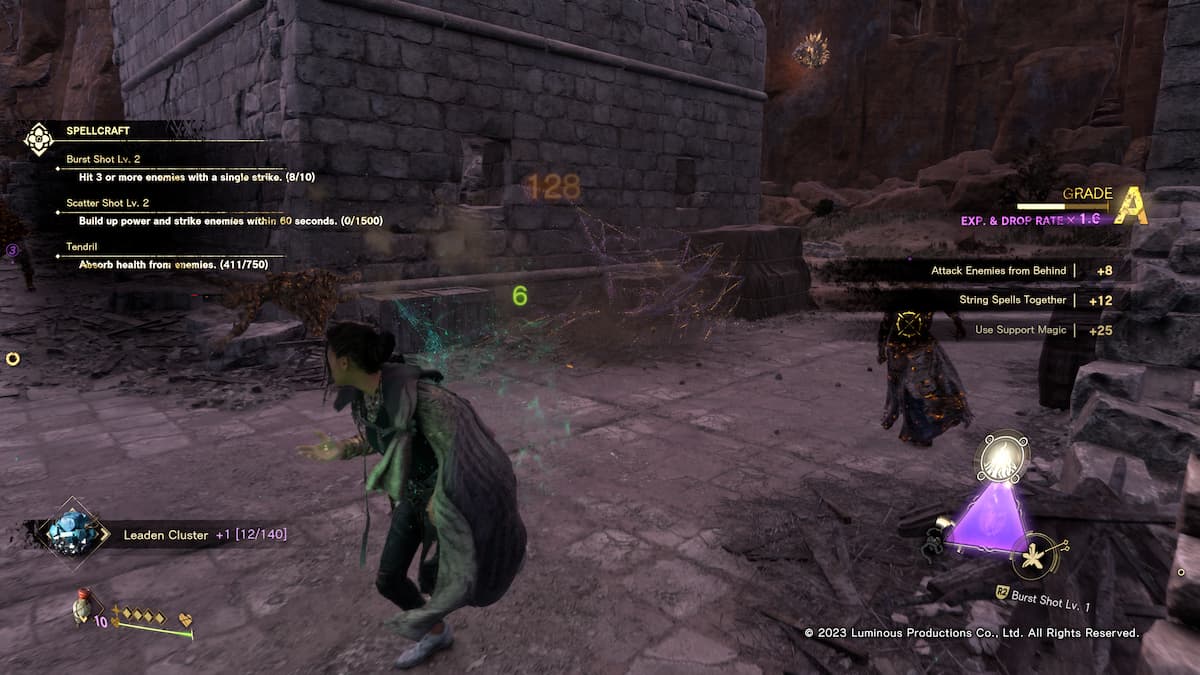
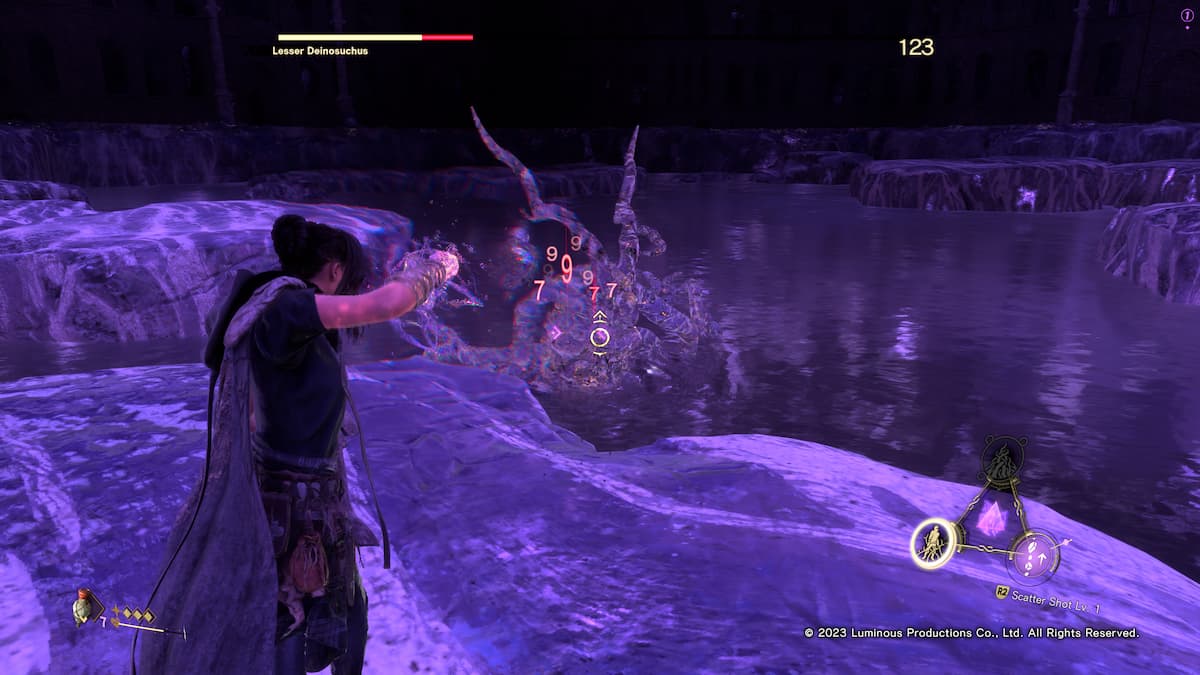






Published: Jan 17, 2023 12:22 pm